América del Norte/EEUU, 3 de junio de 2017. Fuente y autor: tribuna noticias.
La mitad de la población de Los Ángeles es hispana y los latinos son la primera minoría de Estados Unidos, más de 16% de la población.
– “¿Brasil, con ‘z’ o ‘s’?”, pregunta una niña. “En español con ‘s’, en inglés con ‘z’”, responde un compañero: es un día cualquiera en un curso bilingüe de una escuela en Los Ángeles.
En el salón del programa bilingüe de la escuela secundaria Franklin, una pancarta con la leyenda “Bienvenido / Welcome” corona el pizarrón. Es jueves de mañana y en la clase de historia la maestra Blanca Claudio pide a sus alumnos de 11 y 12 años que sitúen en un mapa a Mesoamérica.
La mitad de la población de Los Ángeles es hispana y los latinos son la primera minoría de Estados Unidos, más de 16% de la población.
Y aunque el español es el segundo idioma más hablado del país y es omnipresente en la urbe californiana, ni siquiera las escuelas de esta ciudad tienen un gran programa escolar bilingüe. La mayoría se limita a servir de puente para que alumnos extranjeros aprendan inglés y puedan insertarse en el sistema educativo anglosajón.
La idea es que se multipliquen programas como el de la secundaria Franklin con la entrada en vigor, el 1 de julio, de una resolución que abre las puertas para expandir la educación bilingüe en el estado de California, donde coexisten gigantescas comunidades latinas y asiáticas.
La “Proposición 58”, aprobada por un 73% de los californianos en referendo en noviembre pasado, permite a los distritos escolares ampliar sus programas bilingües a pedido de los padres.
“Se benefician todos: padres de niños monolingües podrán aprovechar las ventajas de un programa bilingüe (…). Es un enfoque con el que todos los estudiantes pueden terminar siendo bilingües”, explicó a la AFP Hilda Maldonado, directora del departamento de educación multilingual del distrito educativo de Los Ángeles (LAUSD).
– “Lingüísticamente provinciano” –
No hay escuelas públicas completamente bilingües en Los Ángeles y por ahora no hay intención de abrir ninguna.
Y los programas bilingües que hay abarcan por ahora a pocos estudiantes. Este sexto año de primaria, por ejemplo, forma parte de un plan que beneficia a 40 de los 1.400 estudiantes de Franklin, 91% de origen hispano.
Aunque buena parte de estos estudiantes no habla español: se fue perdiendo con el paso de las generaciones de su familia en este país donde el bilingüismo ha sido motivo de acalorados debates.
“Estados Unidos ha sido tradicionalmente muy parroquiano en lo que respecta al aprendizaje de idiomas. Son lingüísticamente provincianos”, consideró Claude Goldenberg, profesor de la facultad de educación de la Universidad de Stanford.
Y por mucho tiempo se defendió a capa y espada una educación únicamente en inglés, con lo que muchos padres latinos prefirieron sacrificar su idioma para que los niños se adaptaran mejor que ellos a su nuevo país.
Maldonado aseguró que incluso muchos latinos no ven las ventajas de esta nueva propuesta, aunque también destacó que “hay muchos padres de segunda, tercera y cuarta generación que valoran traer su idioma y herencia de vuelta”.
Para Goldenberg, en general “la gente ha mostrado más interés en el bilingüismo” y calcula que los programas bilingües han crecido a 2.000, de 300, en todo el país (no hay cifras nacionales exactas).
“Los anglosajones ven también las ventajas de que sus hijos se eduquen en dos idiomas”, resaltó.
En Los Ángeles hay programas bilingües en coreano, mandarín, árabe y armenio, además de español. Una escuela tiene por ejemplo un programa de inmersión en francés.
– “Recorrer el mundo” –
Los programas bilingües se proponen que los estudiantes aprendan ambos idiomas como maternos.
“Es difícil ‘get used to it’ [acostumbrarse], pero es muy divertido aprender un lenguaje diferente y culturas diferentes”, dijo Lulu Mykytyn, de 11 años, que hace 12 meses cursa el programa bilingüe. Aún le cuesta, pero está segura de que cuando termine la secundaria hablará fluidamente.
Stella Ferguson habla un poco mejor y ni hablar de Colin Smith, que domina el español casi a la perfección con un simpático acento mexicano: está en el programa desde la primaria.
“No quiero estar atrapada en un solo lugar, quiero recorrer el mundo”, aseguró por su parte Daniela Enamorado (12), de familia salvadoreña.
En acuerdo con una primaria en el mismo barrio de Highland Park, mayoritariamente latino, la Franklin espera recibir 20 nuevos alumnos el próximo año escolar en el que abrirán su primer noveno grado bilingüe.
En la educación secundaria media -sexto a octavo año, con alumnos de 11 a 13 años-, reciben tres asignaturas en español y tres en inglés. En la educación secundaria superior -noveno a duodécimo año, de 14 a 17 años- la relación es cuatro en inglés, dos en español.
“Creo en la educación bilingüe (…). Estamos en etapa inicial aún, tenemos una visión y esperamos que se extienda”, dijo la directora de Franklin, Regina Márquez Martínez.
Fuente noticia: http://www.tribunanoticias.mx/educacion-bilingue-en-eeuu-en-panales-pero-con-ganas-de-crecer
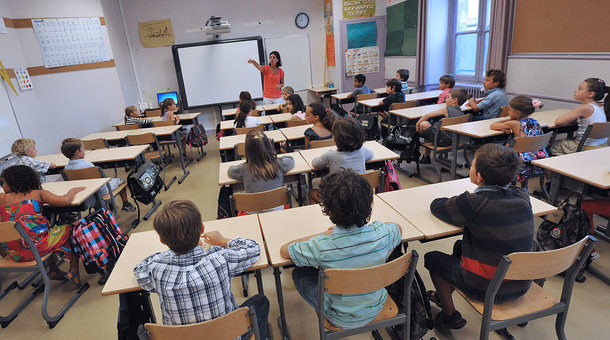
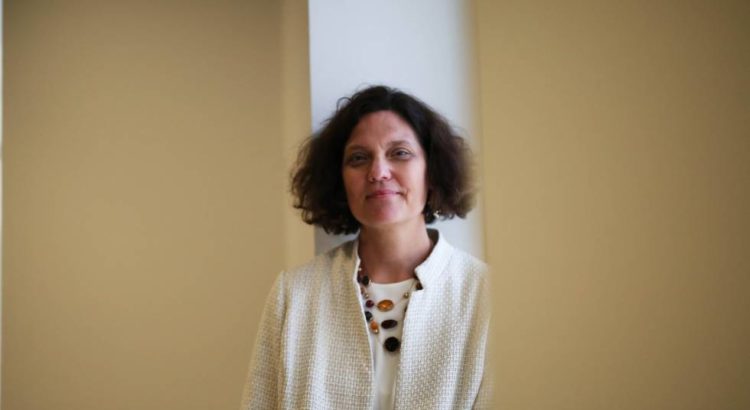

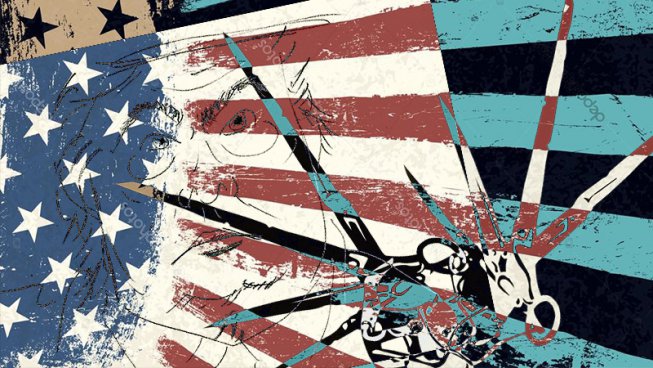
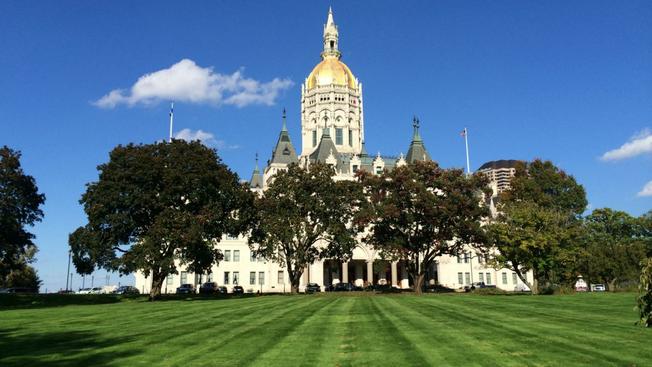

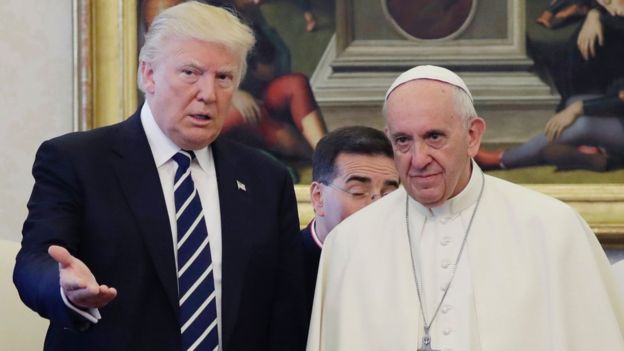






 Users Today : 95
Users Today : 95 Total Users : 35459561
Total Users : 35459561 Views Today : 152
Views Today : 152 Total views : 3417910
Total views : 3417910